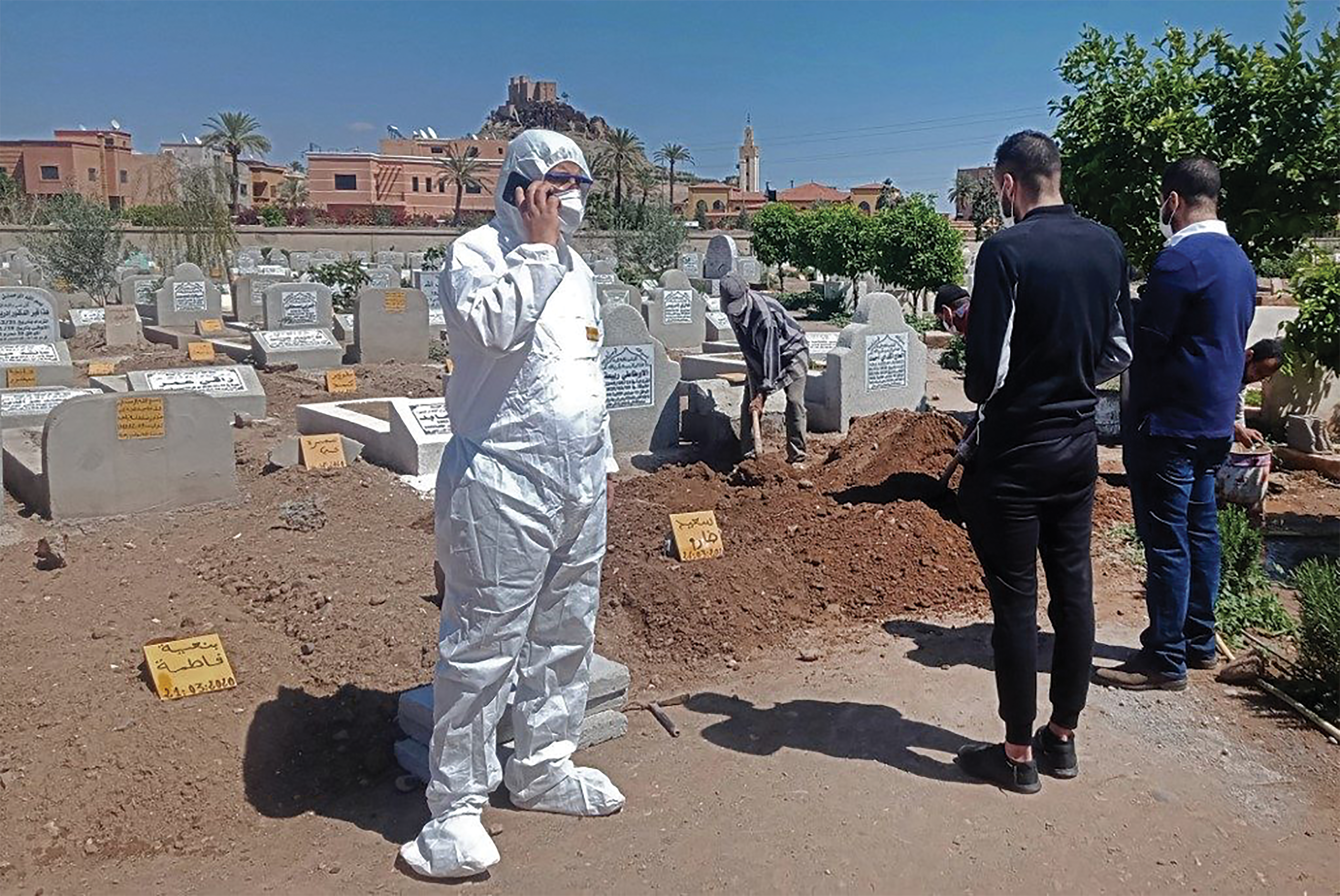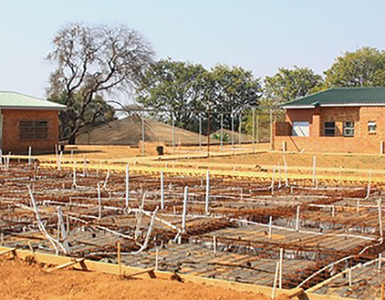CENSORSHIP: More people died from natural causes than reported Covid-19 deaths during the first two years of the pandemic, according to UCT researchers, raising the question why this information was withheld at the time…
By Thuli Zungu
There were more deaths from natural causes at the height of Covid-19 pandemic – between 2020 and 2021 – than reported the death toll from the deadly virus, prompting the question whether the Government deliberately kept this crucial information under wraps.
According to new findings led by researchers at the University of Cape Town (UCT) and the South African Medical Research Council (SAMRC), there were about three times the number of excess deaths from natural causes during the first two years of the pandemic than reported COVID-19 deaths.
This revelation prompts the thorny question whether the Government had been aware of this reality at the time, but deliberately kept this critical information from the public to allow the onset of panic among South Africans so to coerce them into vaccinating.
But, Foster Mohale, the spokesperson for the Department of Health, today dismissed suspicions of censorship of Covid-19 figures on the part of the government, saying the health authorities had been open about the issue of Covid-19 deaths.
Tom Moultrie, a co-author of the study and professor of demography at UCT, says although the cause of deaths remains unknown, the strong temporal correlation between excess deaths and reported COVID-19 deaths within each province indicates that the majority of excess deaths were associated with COVID-19.
Moultrie says many countries have found it difficult to estimate excess deaths, or to identify and report COVID-19 deaths accurately, demonstrating the value of near-real time monitoring of mortality through the use and demographic analysis of data obtained from the country’s National Population Register.
The study found considerable provincial differences in the impact of COVID-19, likely associated with differences in population age structure and density, patterns of social mixing, and differences in the prevalence of known comorbidities such as diabetes, hypertension, and obesity.
Moutlrie says as the waves unfolded, levels of natural immunity together with vaccination began to reduce levels of mortality.
He says mortality rates during the second-Beta-wave were much higher than mortality in the third -Delta- wave, which were higher than in either the first or the fourth-Omicron-waves.
Moultrie says his study, published in the South African Journal of Science, is built off the weekly data collected, analysed and prepared by the SAMRC-UCT collaboration, that has allowed the near-to-real time tracking of excess mortality in South Africa throughout the pandemic; with South Africa being one of the few developing countries to have built and instituted that system.
“This study allows us to reflect at greater depth on matters that we do not usually have time for in the preparation of the weekly reports: here we consider the differential mortality impacts of different waves of the pandemic and the age-related burden of mortality that has become apparent,” Moultrie.
He says hard lockdowns and alcohol bans certainly affected unnatural deaths. Yet, the hard lockdowns also materially reduced natural deaths of children under the age of five, he says.
“We do note however, that despite the considerable provincial variations in the timing of waves and excess mortality, the various interventions escalating the disaster lockdown levels under the national regulations was applied almost exclusively at a national level and were largely ill-timed relative to the timing of the excess deaths.”
Moultrie says the study demonstrates the importance and utility of a near-real time monitoring system
“We urge changes to the system whereby deaths are certified and reported, and note the potential to expand this system to assist in future responses to disease outbreaks. We also note the significant disparities in the quality of officially reported data, and the importance of adequate and appropriate provincial data systems,” says Moultrie.
Mohale said, while the government had been open about the issue of Covid-19 deaths, the number of deaths could be higher than what they were reported because of several factors, including that some deaths were not reported, especially those that happened at homes and the deceased were taken to mortuary without post-mortem conducted.
“That’s why sometimes we report deaths categorised as backlog deaths,” said Mohale, adding that the government had never forced anyone to take a jab, vaccination remains voluntary.
“All we do, is to tell people about the benefits of vaccinating against Covid-19, ‘’ says Mohale.
Anti-vaccination activists across the world have always cautioned that there was global conspiracy around the pandemic itself, including the high death toll figures proffered by governments as being connected to Covid-19.
LATEST CONFIRMED CASES OF COVID-19 IN SA (10 JUNE 2022
The National Institute for Communicable Diseases (NICD), a division of the National Health Laboratory Service, continues to provide laboratory-based surveillance to inform the public health response towards COVID-19 in South Africa.
Today, the institute reports 1,592 new COVID-19 cases that have been identified in South Africa, which brings the total number of laboratory-confirmed cases to 3 976 653. This increase represents a 7.6% positivity rate.
Today, the National Department of Health reports 20 deaths, and of these, eight occurred in the past 24 – 48 hours. This brings the total fatalities to 101,468 to date.
A total of 25 467 671 tests have been conducted in both public and private sectors. The majority of new cases today are from Gauteng (34%) followed by Western Cape (23%). KwaZulu-Natal accounted for 14% and Eastern Cape accounted for 8%. Free State, Mpumalanga and North West each accounted for 5% respectively; Northern Cape accounted for 4% and Limpopo accounted for 2% of today’s cases. – Source: NICD
Published on the 53th Edition. Get E-Copy






























